At first sight, friendly, portly, roly-poly dogs, as they move about and shake their rumps, almost always come off as cute, comical even. However, the condition categorized as canine obesity is one of the most widespread yet preventable diseases in dogs on the North American continent.
An overweight dog is no laughing matter, as it can lead to multiple dire, potentially life-shortening health problems: heart disease, diabetes, Osteoarthritis (joint disease), and more that may minimize the good times you and your loved one have together if left untreated.
So, if your furry friend has been packing on the pounds, it is imperative to take action and work to get your buddy back to “fighting weight,” which will help enhance their entire health and beef up that quality of life.
Because of the dangerous complications of obesity in dogs, it is essential to identify, address and alter through dedication, education, and a surefire routine that sheds killer pounds.
What Defines Dog Obesity?
Canine obesity is a buildup of extra body fat; thus, an overweight dog will have too much and vice versa (like a negative yin and yang), bad begetting bad.
For most, visually, a dog appears overweight; however, you can also try running your hands about your dog’s body without increasing pressure. If you’re unable to detect or feel the ribs, backbone, hip bones reasonably through the hide, then you most likely have an overweight dog.
Also, many dog food companies provide charts to give dog owners a sense of where their pet stands on the obesity scale:
Of course, diagnosing a dog as overweight vs. measuring body fat is a much easier practical process. Discussing with your vet, or looking up your breed’s ideal weight, is the best way to get a sense if your four-legged friend is carrying those deadly extra pounds.
Moreover, if you find that your dog weighs 10-20% above their ideal weight, then they are on the heavy side. However, anything 20% or over the preferred bodyweight is obese, and as the two, excess fat and weight go hand-in-hand, then it’s time to address the problem before it takes too much of a toll on your loved one.
56% of dogs in the United States are overweight or obese, according to a 2018 study by the Association for Pet Obesity (APOP). And while there is a clear connection between heavyset dogs and life expectancy curbing of up to a year—further research into Labrador Retrievers removed two years. Yikes!
There once was a time where a little excess body weight was seen as caloric storage for the winter, if you will. However, today, empirical scientific data now suggests that once considered benign body mass is organically active; moreover, secretion of inflammatory hormones produces oxidative stress on the tissue, leading to more chronic illnesses, heart disease, diabetes, and Cancer. By this thinking, obesity, once just a few extra pounds to work off, now tracks as an inflammatory disorder rather than harmless ole baby fat.
Risks and Symptoms
Dogs love food and treats. We love our dogs and want them to be happy, so it makes sense to give them what makes them joyous. But overfeeding can cause a dog to overeat, and dogs who are more susceptible to weight gain or maybe are unable for whatever reason to get the amount of exercise they need to stay healthy tend to gain the most.
And a dog can be overweight or obese at any age, yet it is easier to pack on the pounds as they get older, like ourselves. Notably, the condition is mainly middle-aged dogs ages five to ten; however, inside-only dogs tend to put on unwanted lbs.
A few other possible weight gain causes to consider:
- Pancreatic Cancer (aka Insulinoma) low glucose or hypoglycemia induced fatigue or neurological issues
- Hypothyroidism your dog’s body is creating too much thyroid hormone, possibly leading to weight loss and other problems (more common in Poodles, Boxers, Cocker Spaniels, Irish setters, Golden Retrievers, Great Danes, Mini Schnauzers, Dachshunds, and Doberman Pinschers)
- Cushing’s syndrome (hyperadrenocorticism) is when your little furry friend’s body produces too much of the hormone cortisol, which helps control weight
- Neutering can cause weight gain due to lower hormone activity; however, also not adjusting a pet’s diet post-surgery
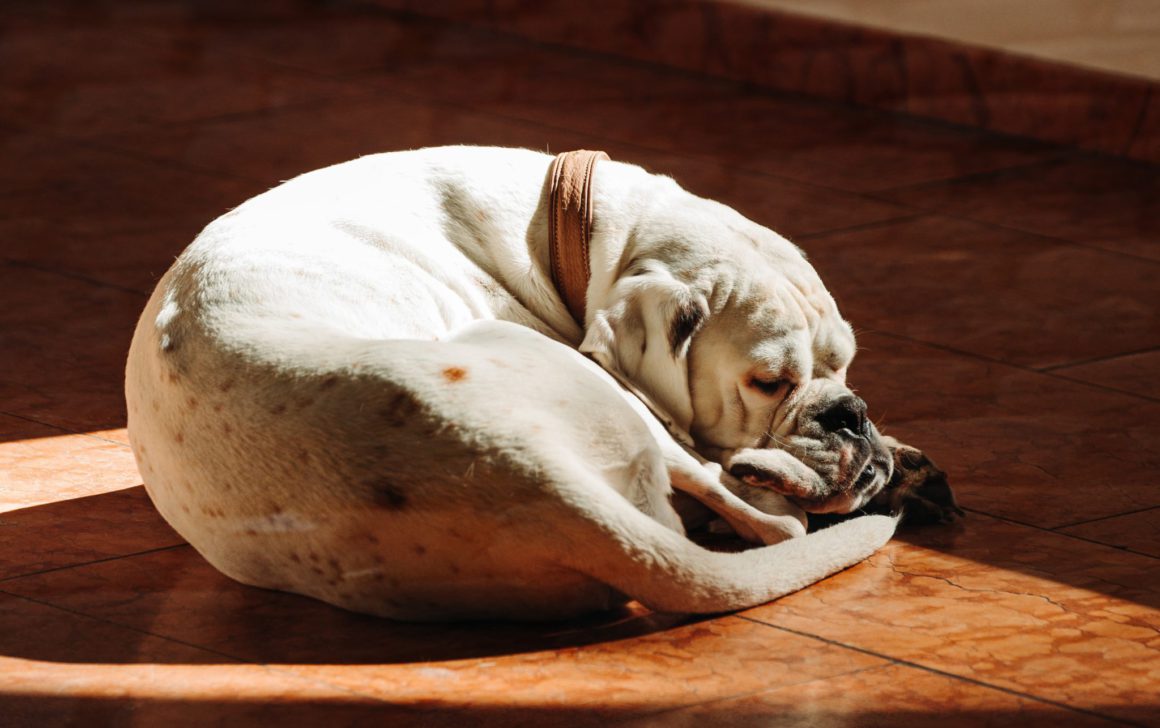
Treatment
Gradual, sustainable, monitored weight loss over time by limiting your furry pal’s calories as well as kicking up the get-up-and-go to the next level.
Speak to your trusted vet about finding out what your dog’s best weight should be, and then creating a suitable diet plan, intelligent eating routine, and how many of those calories to let in or keep out daily. The vet’s team will find your dog’s ideal BCS (Body Condition Score), a scientific method of calculating body fat. The body and muscle score every time you visit, which helps track weight gain and creates a goal weight guide to use throughout the process.
Be diligent and continue the schedule and go in regularly for weigh-ins to best track the body and muscle score. If the weight goes up or down, minor adjustments are made rather than significant diet overhauls.
There are various good dog foods to choose from that have a wealth of fiber and protein (both give that fullness feeling; however, protein adds that extra fuel) but lacks the fat side. Additionally, good dietary practices help improve metabolism, increasing energy levels (i.e., dogs will need to run it out!)
Always consult your trusted veterinarian; however, here are a few practices to follow that may help your dog stay fit:
- Feed your four-legged pal two meals a day, in the morning and the evening. Grab that bowl and remove it after 30 minutes, whether there is food or not; this will prevent devouring that first bowl and keep them from continuously feeding.
- Try some of the available interactive feeding devices or toys that slow down consumption a little allowing your furry to eat a little slower—this can help with using up some of those extra calories.
- Ensure you are feeding correctly for your dog’s breed and energy levels—active dogs will need and burn more food than stationary ones.
- Research and education are essential to ensure your dog receives all that his body needs in a diet. It’s a tricky balance sometimes but be sure your little one gets the proper quantities of carbs, fats, and nutrients. The top-shelf dog food brands should contain the correct amount of these items; however, it is always best practice to study the ingredients on the package. Look for turkey, lamb, chicken, or beef as the number one item on the list and rice as the highlighted inclusion in the formula.
- Holding back on those table scraps and good-dog treats can be critical, limiting to about five percent of their overall consumption—everything else they should get from their two meals per day.
The healthier diet may be maintaining a good weight or at least helping, but more is required if your dog has started to gain significant weight:
- More walks with you, fun activities as much as possible to help your loved one burn off those potentially life-threatening calories.
- Your veterinarian might also suggest a dietary weight-loss plan that helps your dog shed those unwanted lbs. while also providing the proper nutrients to keep them sustained and on the go!
- Cut the treats and table scraps—this is a tough one to do for any dog-lover, but it may be necessary to keep your pup healthy. Yes, as hard as it is to do, even when your baby makes those eyes, but you have to do it.
- Positive reinforcement through petting and loving, encouraging words over treats as rewards may help them accept praise over food when they’ve done something good.
Dog owners realize that in some ways, we share similarities with our pets, especially dogs—so working off weight is the same when it comes to exercise and burning calories: eat healthier and less and exercise more, thus burning more fat.
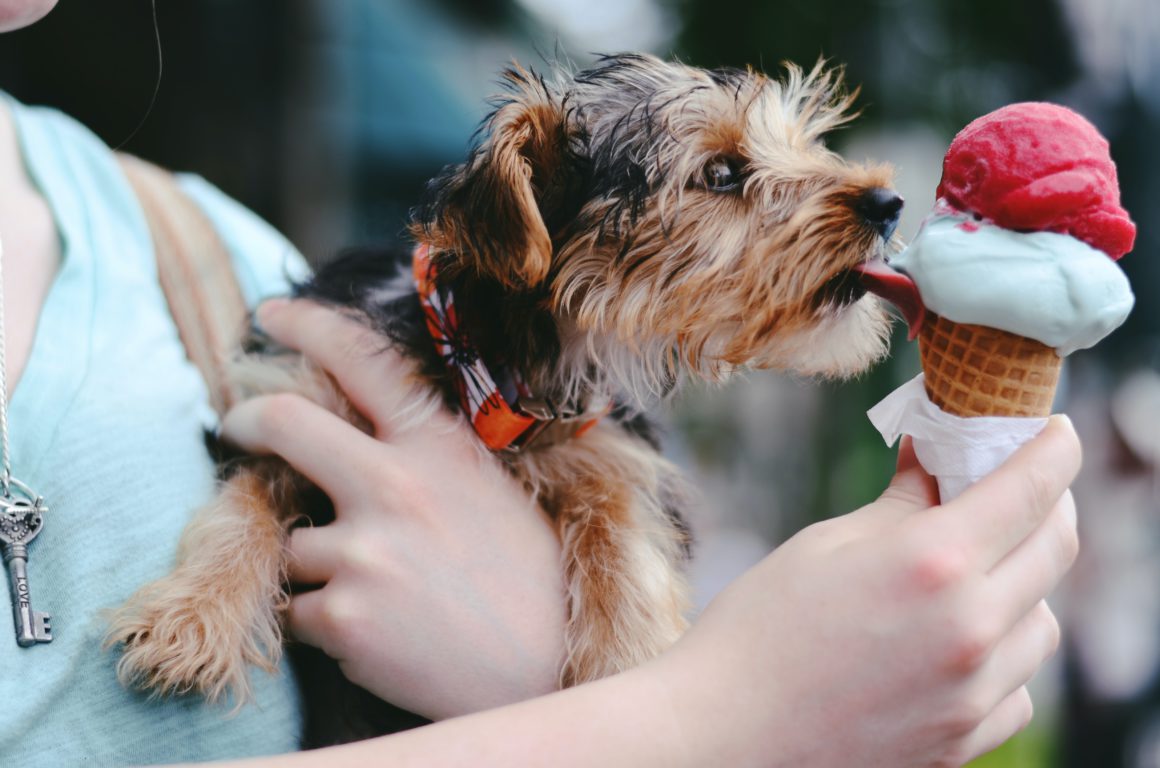
Managed Healthy Living
Keep the conversation going with your vet during weight treatment. Regular weigh-ins are a must for success; continue to monitor your dog’s progress monthly, find the right diet balance for the long-term for your dog once you discover the sweet weight spot.
We love our dogs in all walks of life, and it is crucial to protect them from whatever brings pain. Too much fat on your dog’s body means all sorts of continuous pain. If your dog is overweight already and you are addressing it, or even more, you’re keeping an eye on it and thwarting excessive weight gain altogether.
The bottom line is, maintaining proper health, scheduling appointments, weigh-ins, following guidelines, you’re administering pain management to your beloved one. With perpetual monitoring of intake and activity, your dog can maintain that beach body and live a long and happy life to the best of your ability and nature.
Healthier Pets are Just a Click Away:
The Secret Joy of Being a Medical Foster

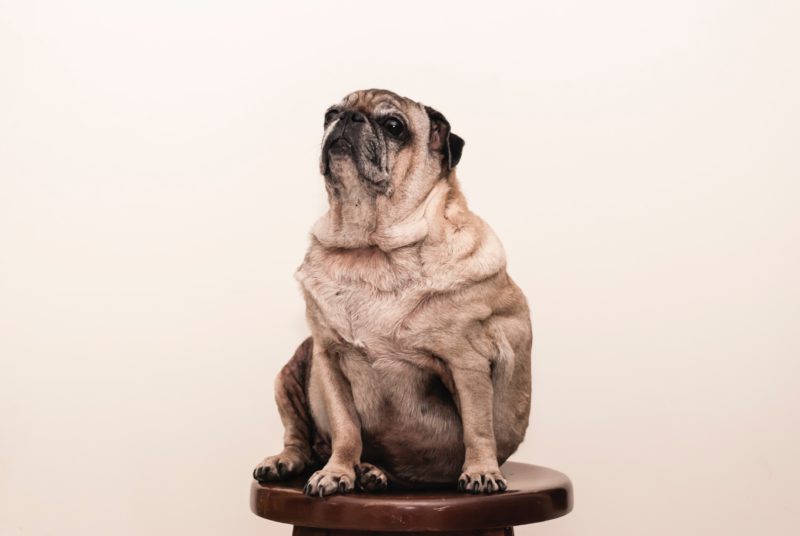
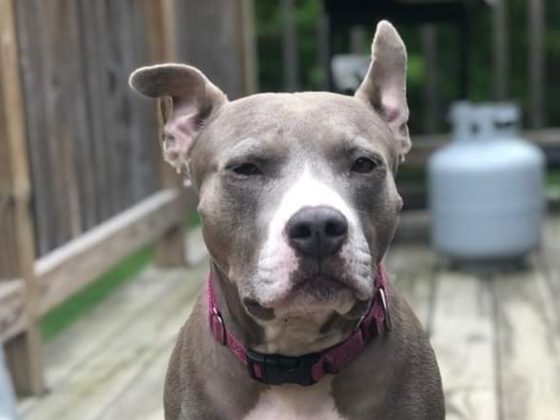
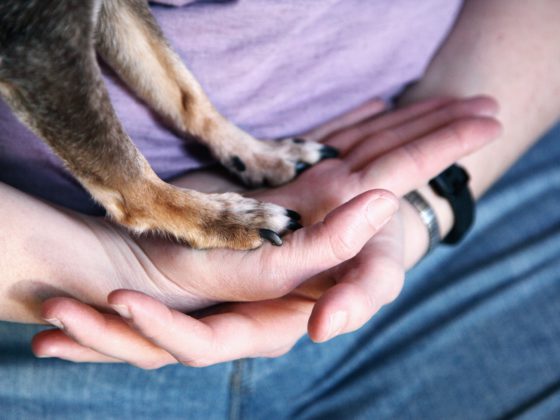

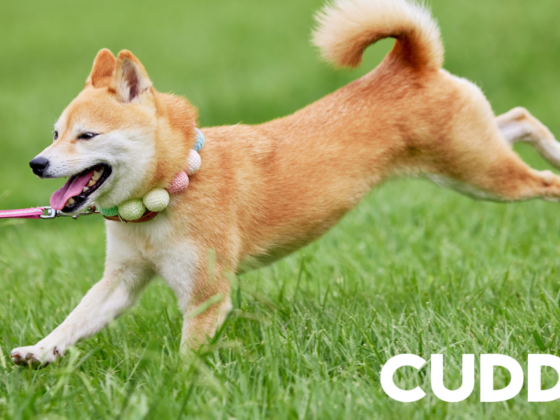
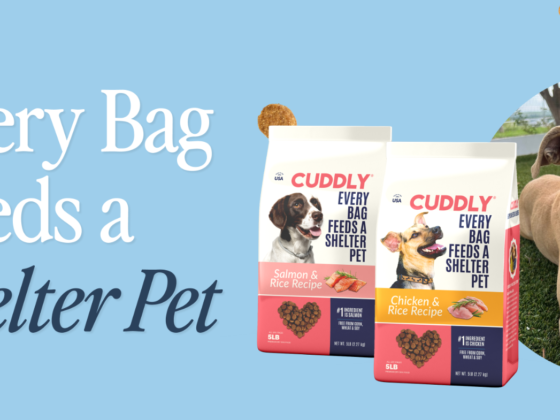

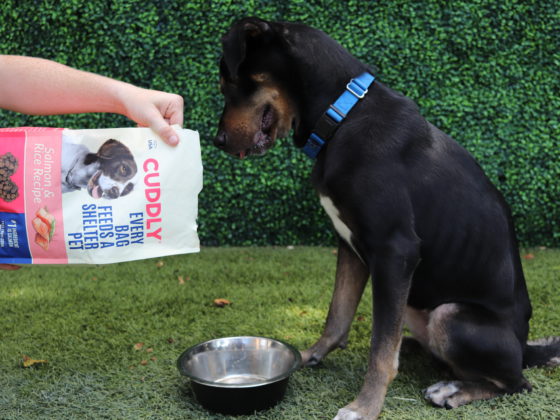
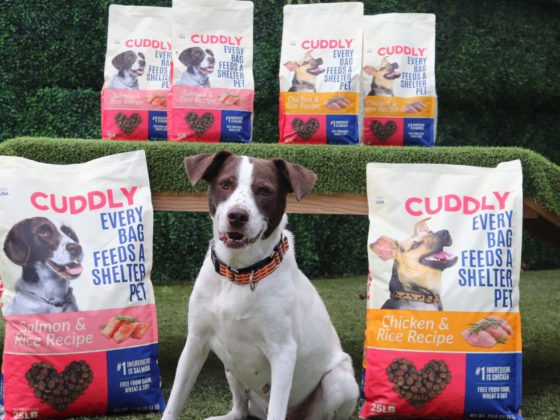

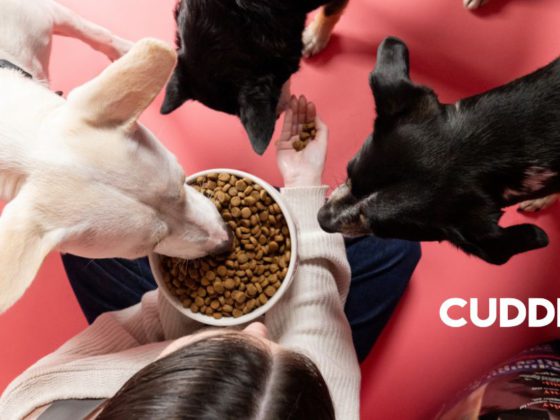


1 comment
Procure Physiotherapy & Pelvic Health Clinic is the leading “Physiotherapy Clinic in Burlington”. Here at Procure Physiotherapy, we offer you Expert Care & Personalized Treatment. Our therapists do not just treat the symptoms but will find the root cause and provide a customized holistic treatment plan with tools to prevent future injury. Our clients can live an active lifestyle without fear of re-occurrence.
Comments are closed.